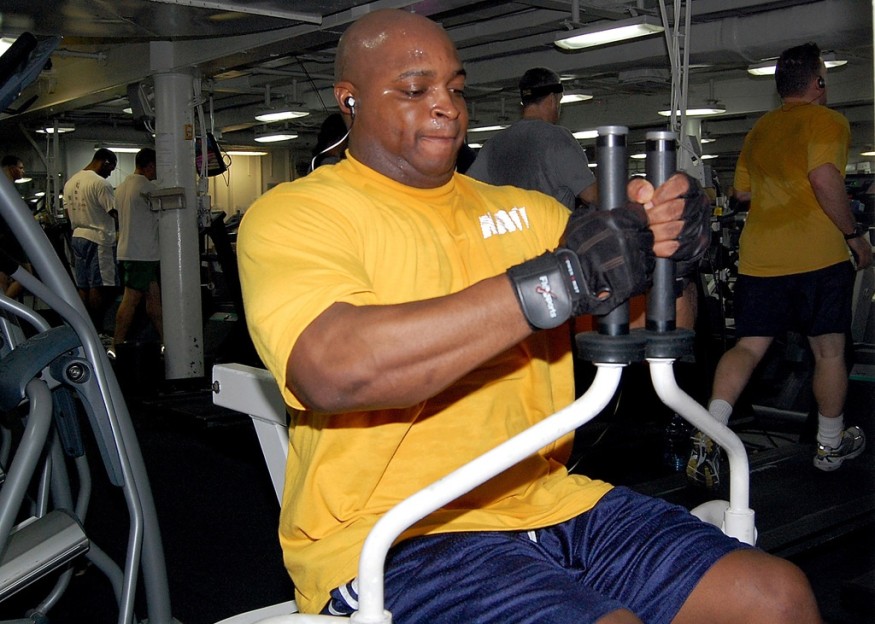A new study from the University of Colorado Boulder recently found that one sweaty, gasping exercising individual emits as many chemicals from his body as up to five inactive individuals.
Notably, too, Phys.org reported, the said human emissions, which include amino acids coming from sweat or acetone coming from breath, combine chemically with bleach cleaners to form new airborne chemicals with undetermined effects on indoor air quality.
According to CIRES research scientist Zachary Finewax, also the study's lead author, "Humans are a large source of indoor emissions." The said findings are out in Indoor Air's current edition.
The lead author added, chemicals in indoor air, be it from the human bodies or cleaning products, do not just vanish. Instead, they stay and travel through spaces like gyms, responding with other chemicals.
ALSO READ: It May Feel Uncomfortable, But Wearing Mask During Exercise Should Not Damage Oxygen Intake

Up to 5 Times of Emissions
In 2018, the CU Boulder group prepared a weight room in the campus facility, Dal Ward Athletic Center, for student-athletes of the university, including weightlifters and cheerleaders, with a set of air-sampling machine.
Instruments retrieved data from the supply air and weight room, gauging a slew of airborne chemicals in actual time prior to, during, and after workouts of the athletes from CU.
As a result, the team discovered that the bodies of the athletes generated three to five times the emissions while exercising, compared to the time they were rested.
CIRES postdoctoral researcher Demetrios Pagonis, also a co-author on this new project, said, through use of their state-of-the-art machine, "this was the first time indoor air analysis in a gym was done" along with a high sophistication level.
Essentially, the study investigators were able to capture the discharges in actual time to find out the exact amount of chemicals emitted by the athletes, not to mention at what rate.
Effect of Chlorine Bleach-Based Products for Sanitation
A lot of gym facilities today often use chlorine bleach-based products for the sanitation of sweaty workout machines. More so, while these cleaning products are effective in killing surface microbes, they combine with emissions too, from sweat, mixing to develop a new cocktail of chemicals.
The research group was a pioneer in terms of observing the N-chloraldimines, a chemical group, a reaction product of bleach-containing amino acids in gym air.
Meaning, the investigators reported, chlorine from a bleach-based cleaning product sprayed onto the machine was responding with the amino acids emitted from the sweating human bodies.

And, even though more studies are needed to identify specific effects this might have on air quality indoors, ammonia's chemically similar reaction products with bleach can be hazardous to human health.
CIRES fellow Joost de Gouw, also a chemistry professor at CU Boulder and the paper's corresponding author, said that since people are spending around 90 percent of their time indoors, "It is crucial we understand how chemicals behave in the spaces we occupy."
Even though the study authors collected all data for this work before the pandemic, the group says the results show that "a modern gym with low occupancy and good ventilation may still be" comparatively safe for an exercise, especially if masks are worn.
Check out more news and information on Exercise on Science Times.
© 2026 ScienceTimes.com All rights reserved. Do not reproduce without permission. The window to the world of Science Times.










